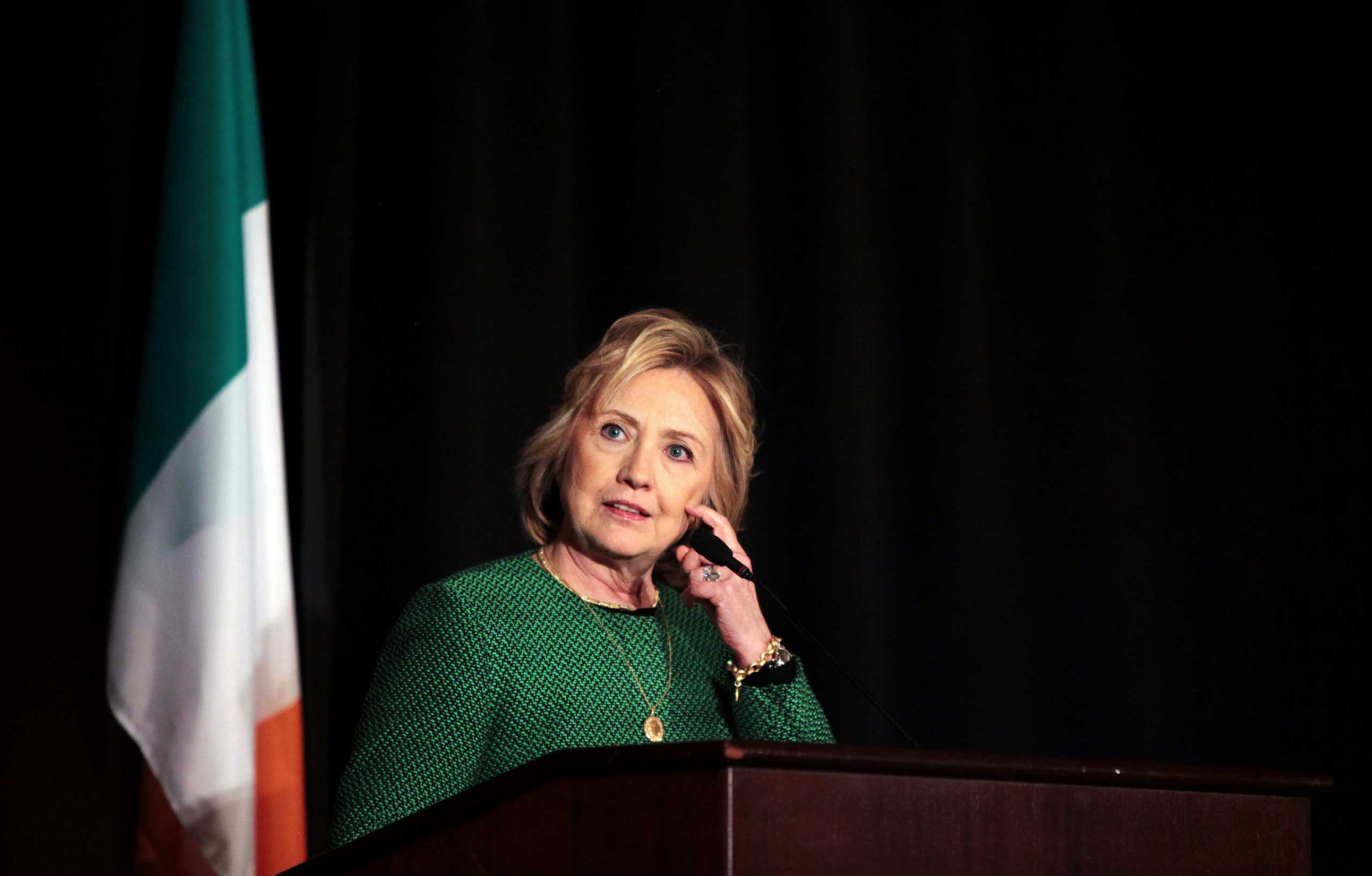
A week after trying to move beyond her email controversy, Hillary Clinton is still working to clarify how she cleared her inbox. Her staff now says lawyers read through every email she sent and received as Secretary of State before deeming more than half of them to be personal records and discarding them.
The new assertion expands on Clinton’s initial account of how her attorneys determined which emails to turn over in response to a State Department records request. But as two Republican-controlled House committees investigate her email-retention practices, key questions about the process remain.
As Secretary of State, Clinton had a responsibility to turn over all emails from her home computer server that qualify as federal records, even if they contained only a line or two of official business. Intentionally destroying such records can be prosecuted as a crime, though Clinton says her attorneys were careful to follow the law.
In a fact sheet released after Clinton’s March 10 press conference at the U.N., her office provided a detailed description of the “multistep” sorting process her attorneys used to separate work-related documents from personal correspondence. The lawyers started with a search for all emails sent and received during Clinton’s tenure at Foggy Bottom, then searched for documents sent to and from government email accounts, scanned for the first and last names of more than 100 specific people, reviewed those addresses to check for common misspellings and “lastly” looked for possible work-related keywords like Benghazi.
These steps produced over 30,400 emails, Clinton’s office said. A total of 30,490 were handed over to the State Department. The fact sheet made no mention of anyone reading the emails, raising questions about whether relevant documents slipped through the cracks.
Several days after the press conference, Clinton’s spokesman Nick Merrill told TIME that her lawyers used keywords and other filters in addition to reading each document individually, not in lieu of that process. “Every one of the more than 60,000 emails were read,” Merrill said. “We apologize if the fact sheet wasn’t clear enough on this point.” A person familiar with the effort said Clinton’s attorneys read every line of the email cache.
But Clinton’s team has still not explained some details of the email review, including how the two methods complemented each other, when the reading began and whether it resulted in any additional documents being handed over to the State Department.
The answers to those questions could still matter for Clinton, who is preparing to launch her all-but-certain presidential campaign in the coming weeks. House Speaker John Boehner called on Clinton to turn over her personal server to a “neutral third party” even though Clinton has said her 31,830 personal records have already been discarded. “I think this is the fairest way,” Boehner told reporters on March 17, “to make sure that we have all the documents that belong to the public, and ultimately all of the facts.”
UPDATE: On July 5, 2016, FBI Director James Comey announced that an investigation into Clinton’s email servers had relied on header information and search terms to identify work related emails. “The lawyers doing the sorting for Secretary Clinton in 2014 did not individually read the content of all of her e-mails,” he said.
See the 2016 Candidates Looking Very Presidential

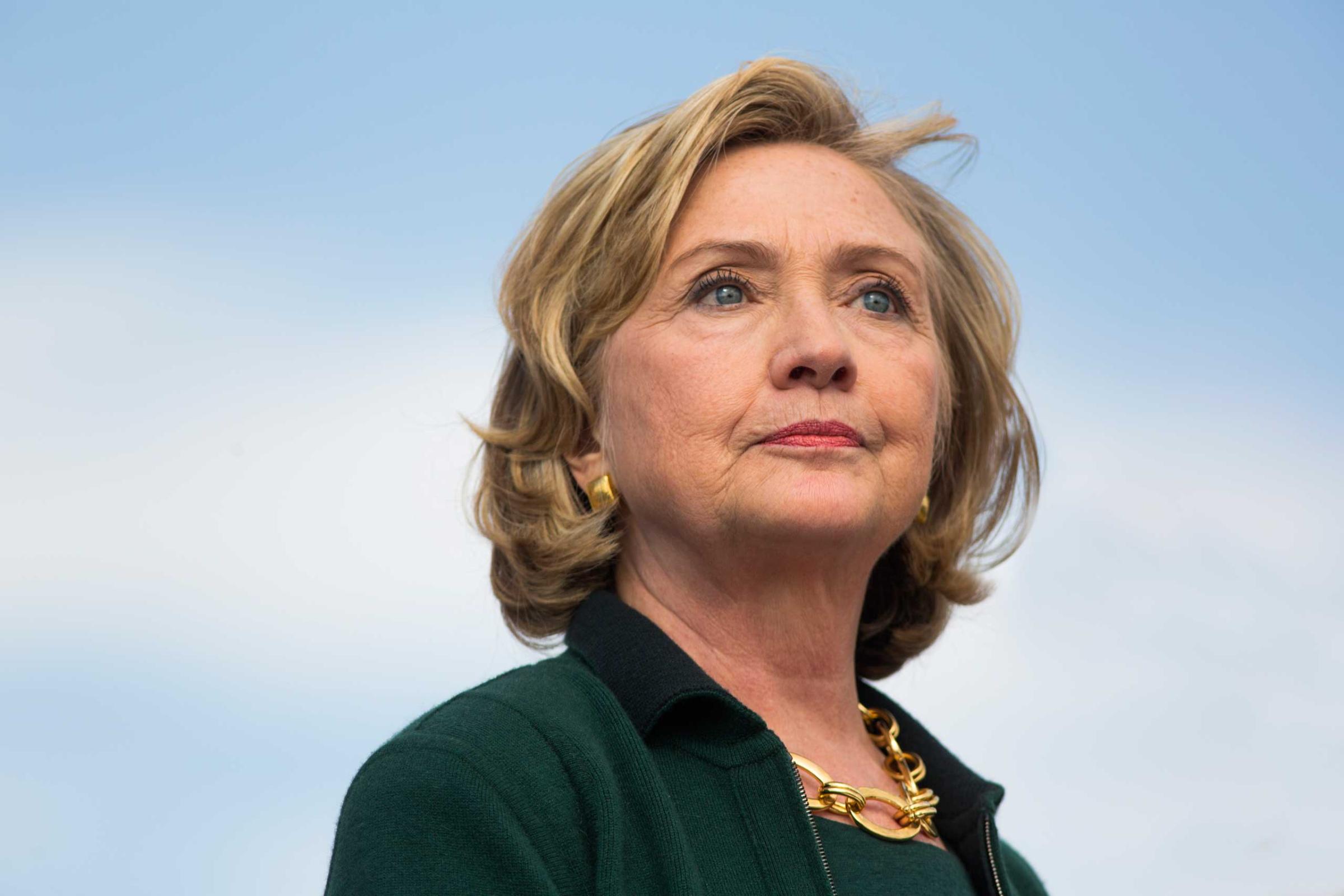



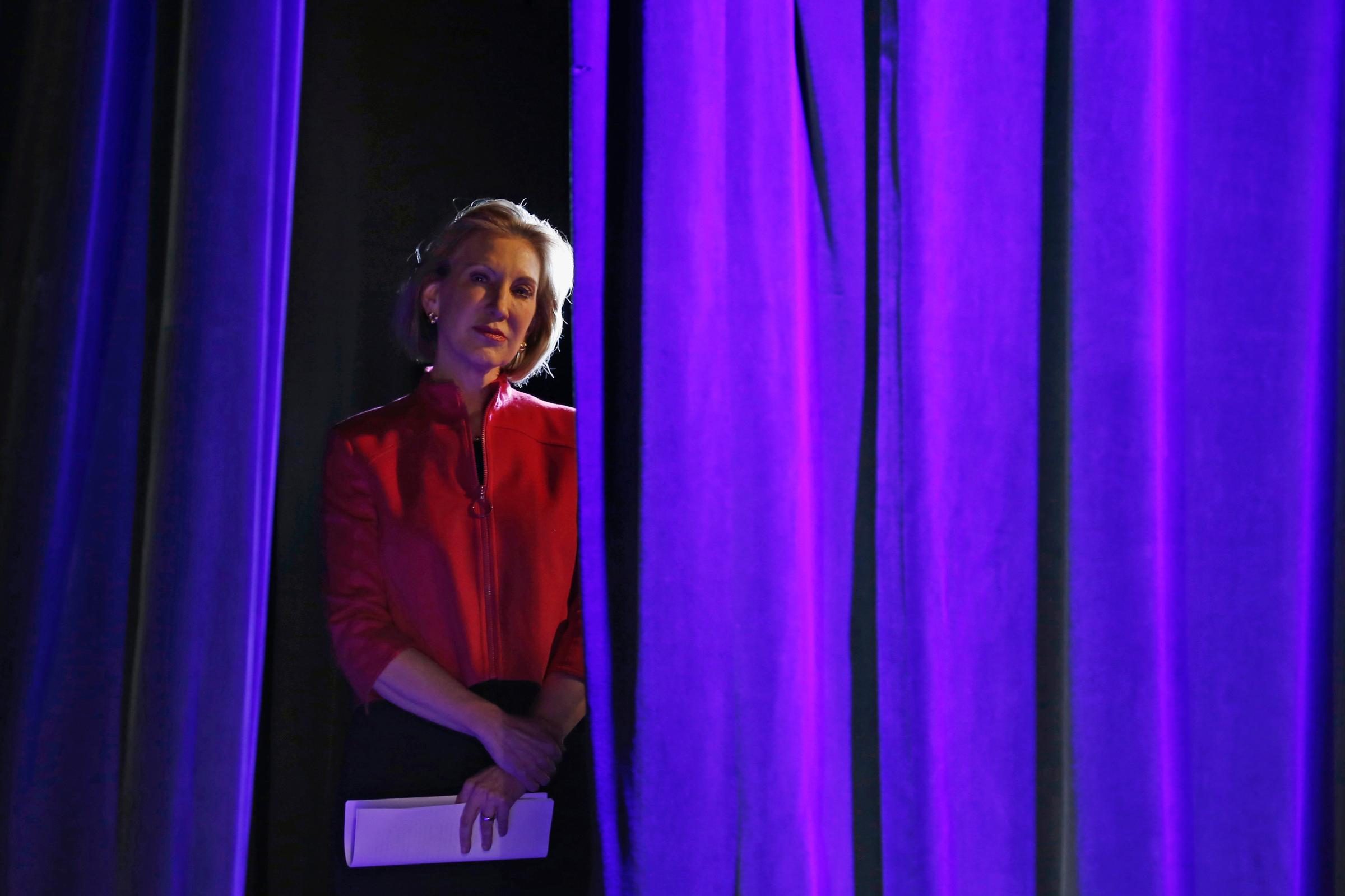


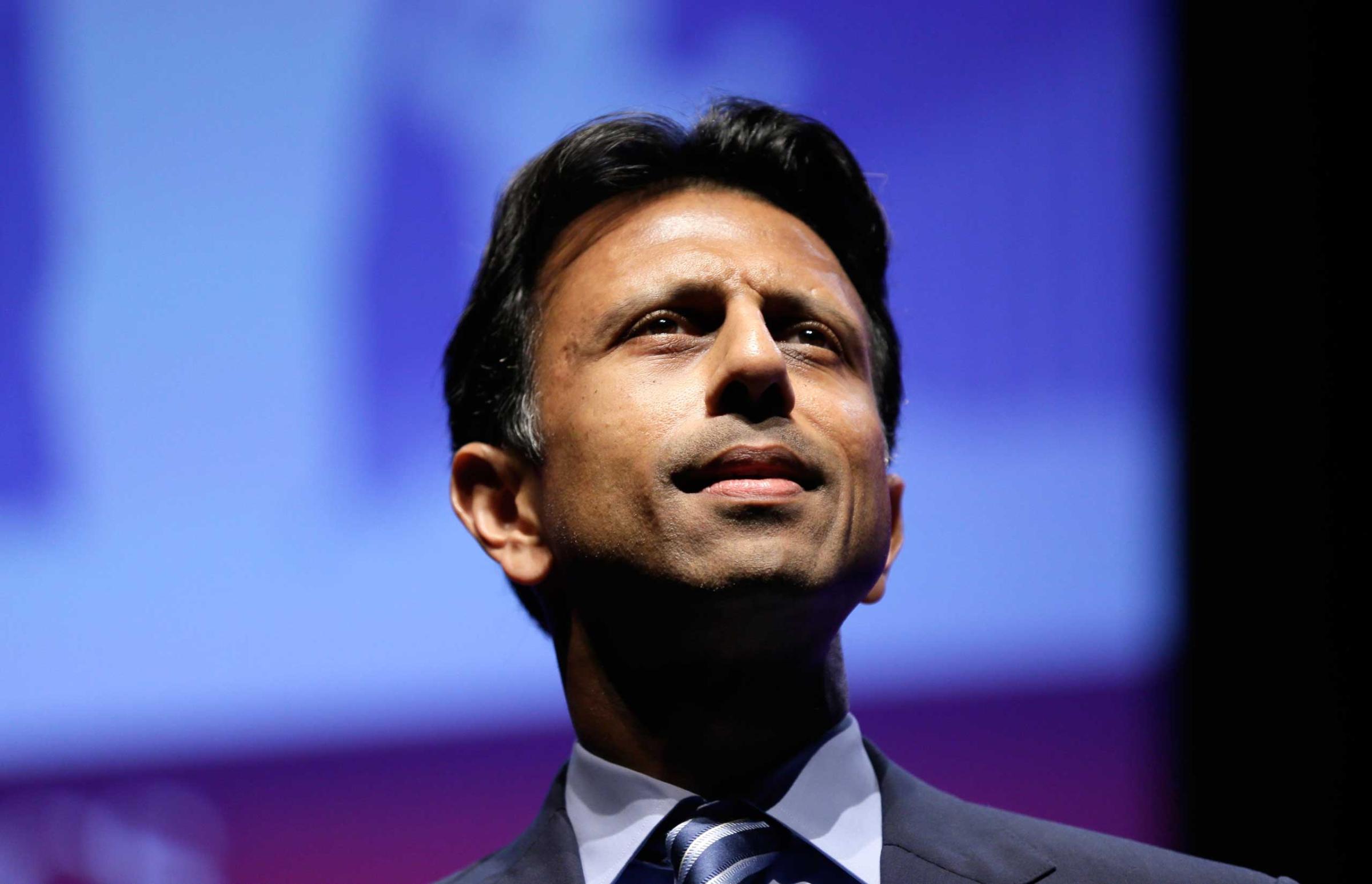

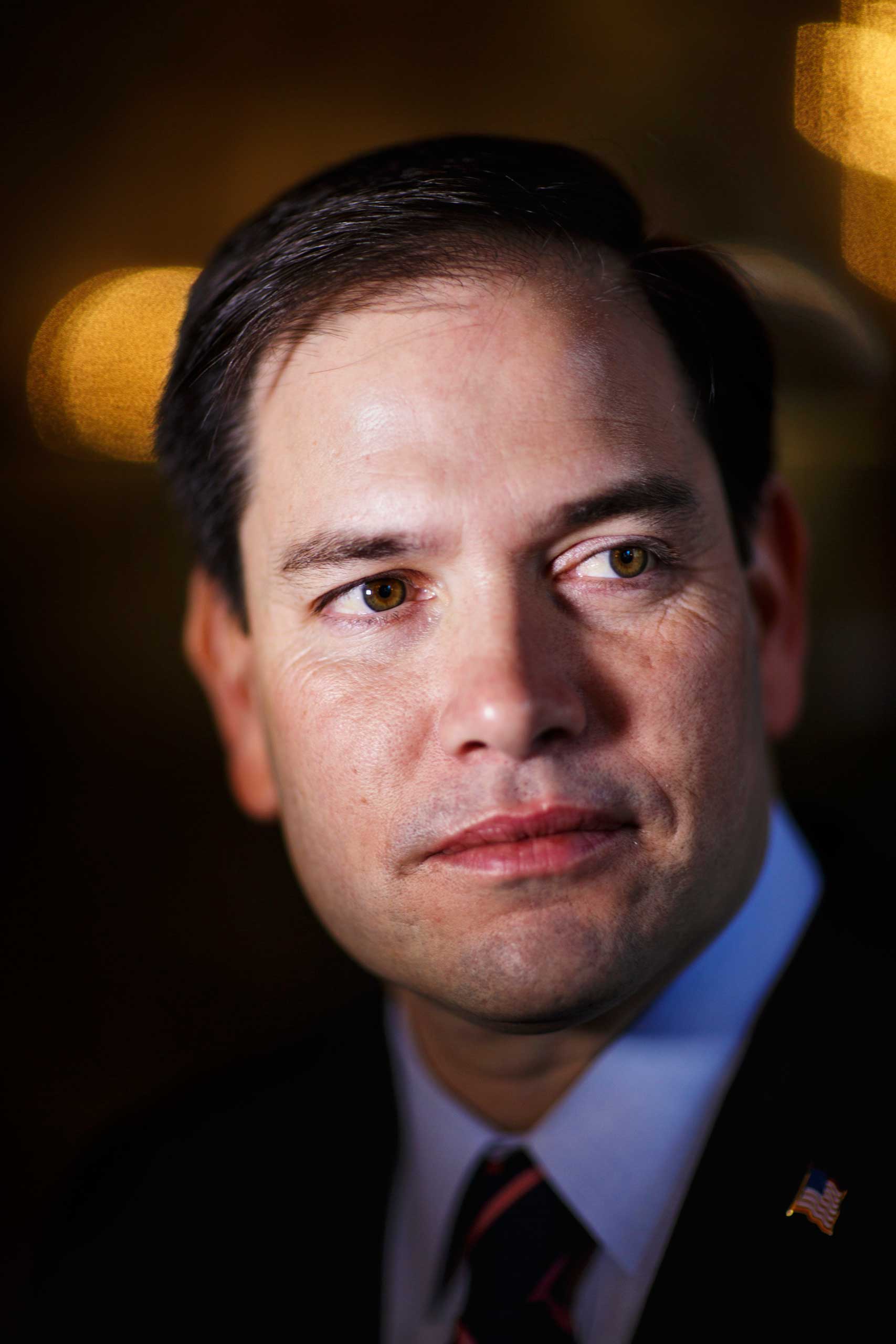

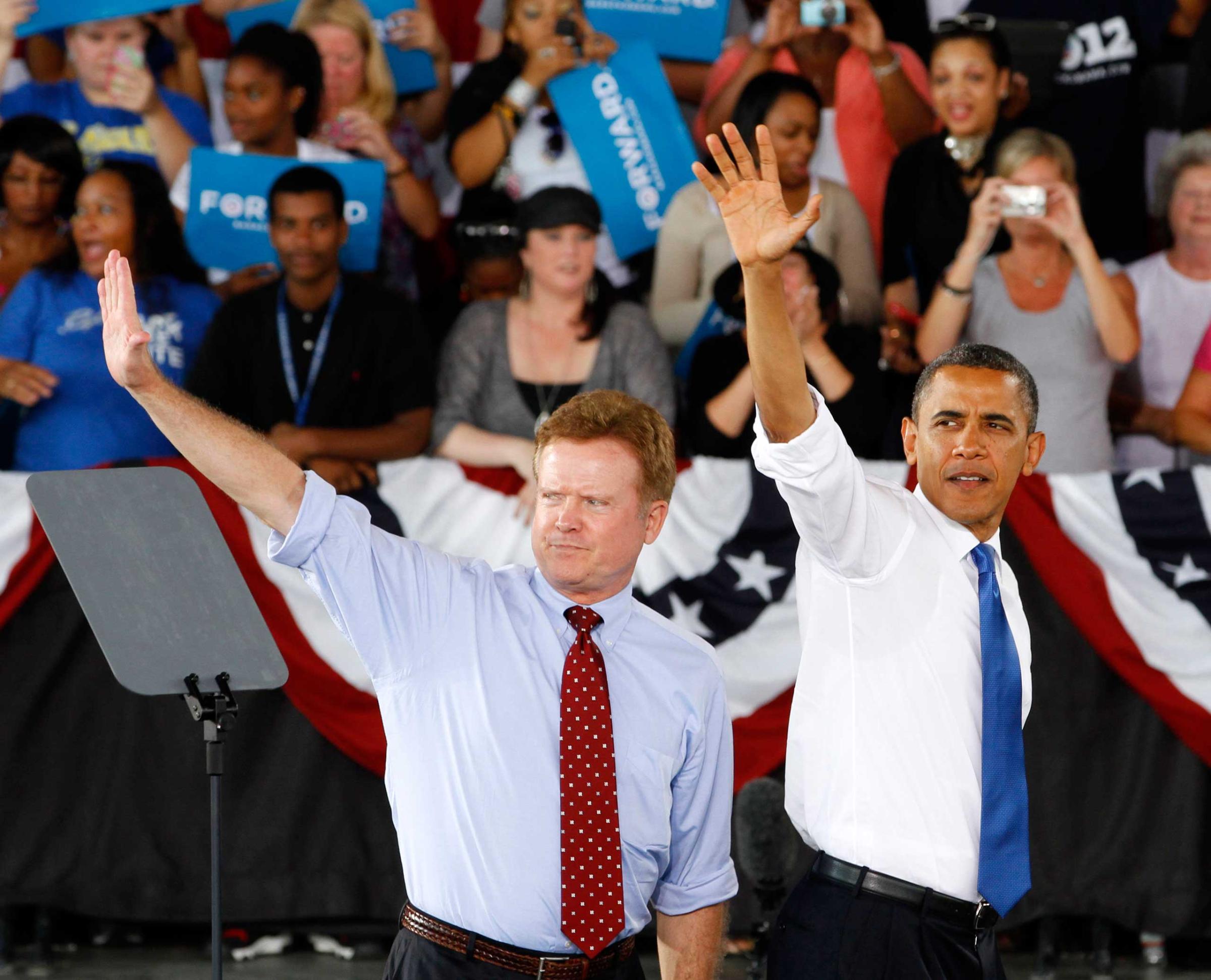

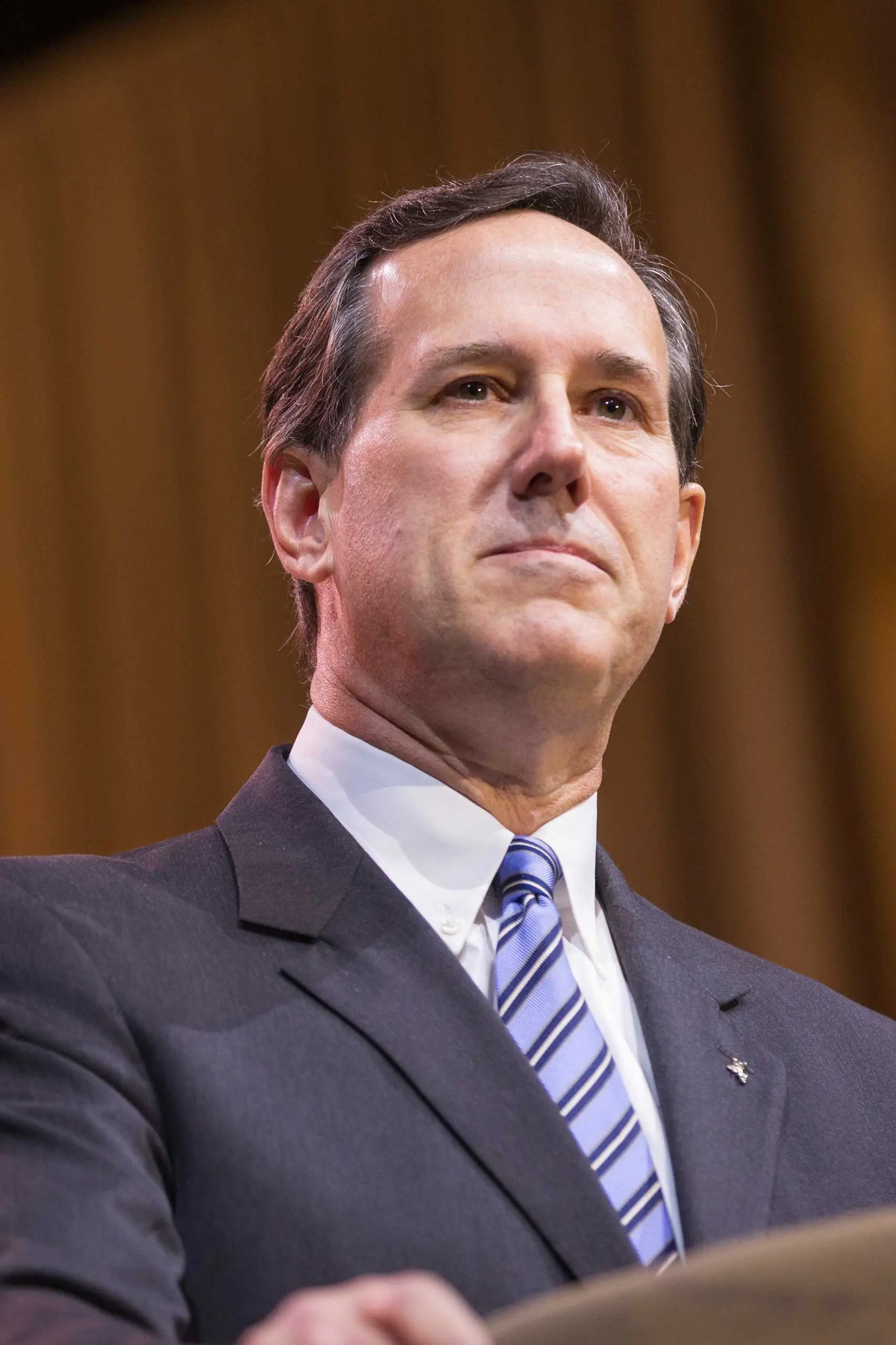
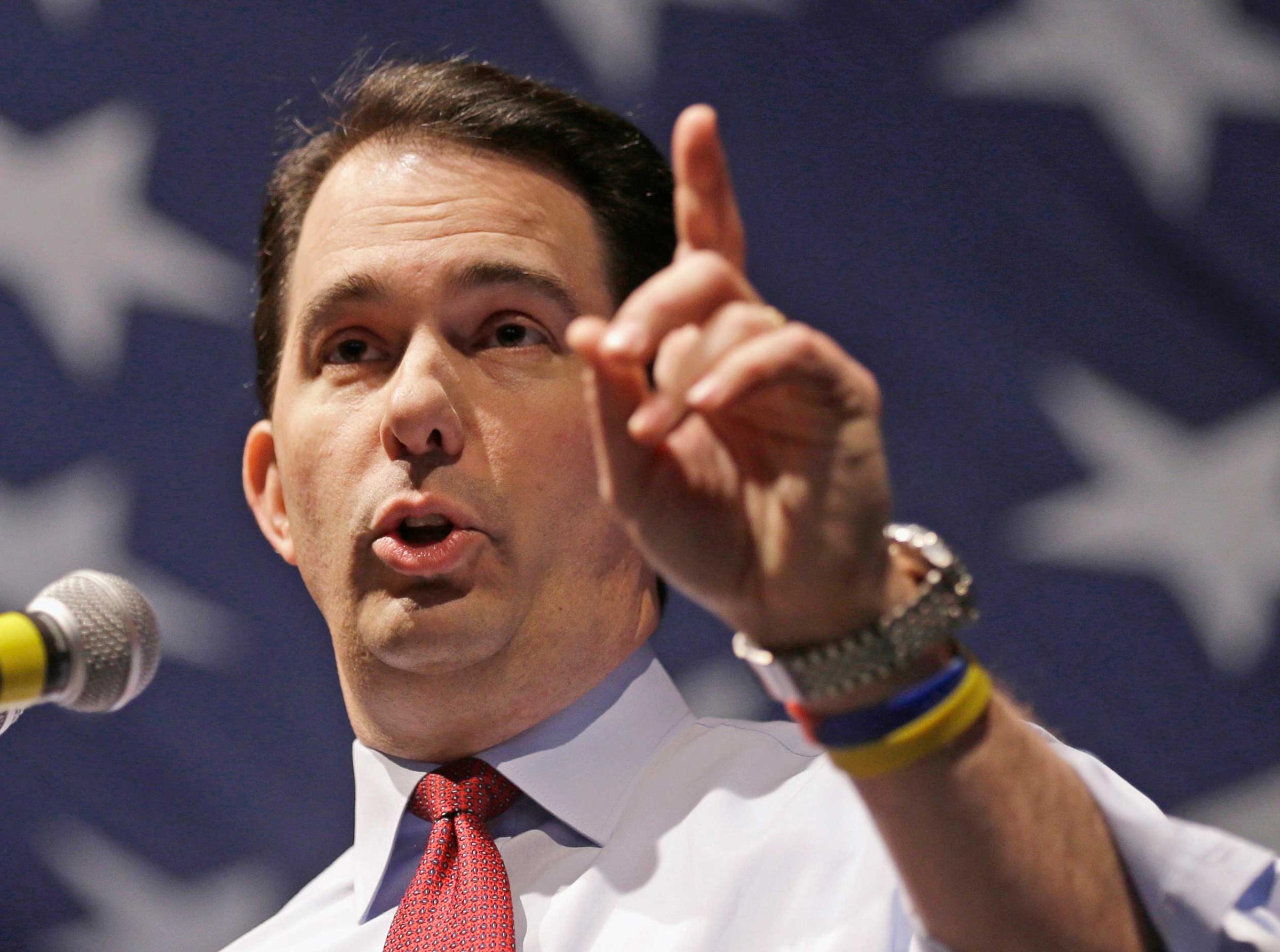




More Must-Reads from TIME
- Inside Elon Musk’s War on Washington
- Meet the 2025 Women of the Year
- For America’s Aging Workforce , ‘Retirement Is a Distant Dream’
- Why Do More Young Adults Have Cancer?
- Colman Domingo Leads With Radical Love
- How to Get Better at Doing Things Alone
- Cecily Strong on Goober the Clown
- Column: The Rise of America’s Broligarchy
Write to Alex Altman at alex_altman@timemagazine.com